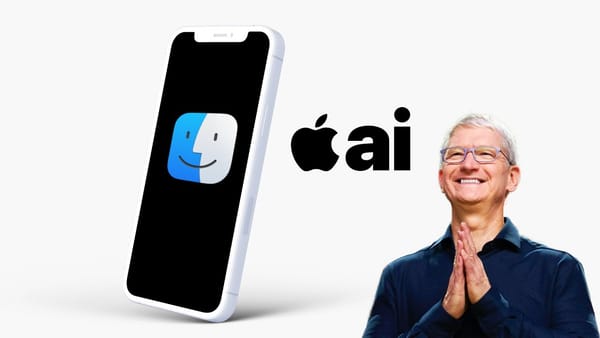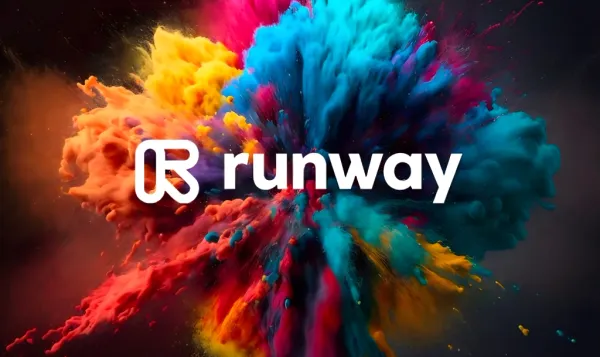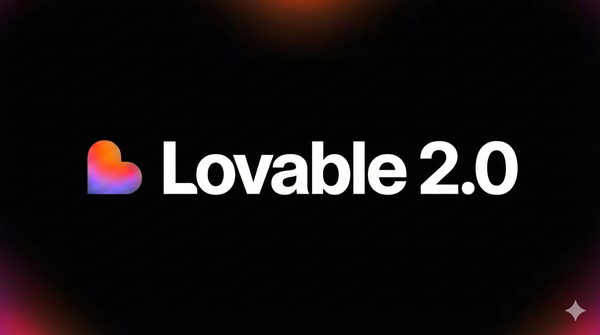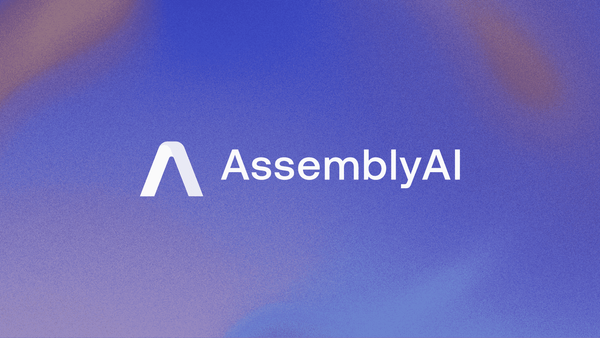Agentic AI — From Chatbot to Teammate

Welcome to AI Brews — where we break down the AI trends shaping the future, one sip at a time. If ChatGPT felt like a game-changer, Agentic AI is the upgrade nobody saw coming.
Unlike traditional AI tools that just respond to prompts, Agentic AI can act on your behalf. Think of it less like a chatbot and more like a digital teammate that not only gives advice but also goes out and gets things done.
Take a simple example. Imagine you’re planning a business trip. A normal AI assistant might suggest which flights are cheapest or list hotels nearby. But an agentic AI assistant? It can actually search for flights, compare prices, book the tickets, reserve your hotel, schedule your meetings on Google Calendar, and even generate an expense report — all while keeping you in the loop. In other words, it doesn’t just “recommend,” it “executes.”
Why This Matters
This shift is huge because adoption is already picking up speed. In industries like finance, healthcare, and e-commerce, companies are testing Agentic AI to automate everything from fraud detection and claim approvals to inventory tracking and personalized shopping. According to early surveys, more than 60% of enterprises experimenting with generative AI in 2024 have begun exploring agentic models in 2025 — a sign that businesses see real value in letting AI take on not just thinking, but doing.
The Tech Behind It
From a tech perspective, Agentic AI is powered by three pillars:
- Autonomy — breaking down a big task into smaller steps and deciding the order of execution.
- Memory — remembering past actions or user preferences instead of starting from scratch each time.
- Tool Use — interacting with APIs, apps, and external systems to actually execute tasks, not just talk about them.
Now, you might ask: how does an AI agent get access to all these external systems? The answer is permissions and integrations. Most agentic AI platforms connect through secure APIs or app tie-ups — think of it like how you log into a new app using your Google or Microsoft account. The AI requests permission (say, to read your emails or update a CRM record), and you authorize it with a one-time consent. After that, it operates only within those granted limits. In enterprise setups, companies integrate Agentic AI directly with internal tools through official APIs or sandboxed environments, ensuring the agent performs actions safely without overstepping.
Real-World Examples
Take Devin, for example — branded as the world’s first AI software engineer. Say you want a website that displays the latest stock prices. Normally, you’d write the code, debug errors, connect APIs, and finally push it live. With Devin, you just describe what you want. It sets up the coding environment, writes the script, runs tests, fixes errors on its own, and deploys it to GitHub — exactly like a junior developer who doesn’t need handholding.
Or look at Adept’s ACT-1, which can operate real software apps on your behalf. Imagine getting an email with new client data. Instead of you manually copying it into Salesforce, ACT-1 opens Salesforce, finds the right field, inputs the data, and saves it — all without you clicking a thing. Even ChatGPT, when connected with browsing or code execution, shows glimpses of this — fetching real-time info, running small programs, or even booking flights.
The Risks
The real magic of Agentic AI is that it saves time, reduces errors, and brings focus back to work that actually matters. Instead of juggling repetitive tasks or spending hours switching between apps, you get an AI teammate that handles the grunt work while you focus on strategy, creativity, and decisions only humans can make.
But of course, with great power comes new risks. If an AI agent can access your email, bank account, or business systems, the security stakes skyrocket. A malicious prompt injection, a weak integration, or unauthorized API use could expose sensitive data or trigger harmful actions. For companies, this means agentic AI isn’t just a productivity tool — it’s also a cybersecurity challenge. The real test will be building guardrails that ensure these agents remain trustworthy teammates, not ticking time bombs.
Final Sip
If that’s very, very clear to you, it’s safe to say the future of work won’t just involve AI — it’ll involve AI agents working alongside us, as long as we learn how to keep them safe.
If this piece helped you understand Agentic AI, check out our recent stories on OverflowAI, Amplitude, and ClickUp. Until next brew ☕



